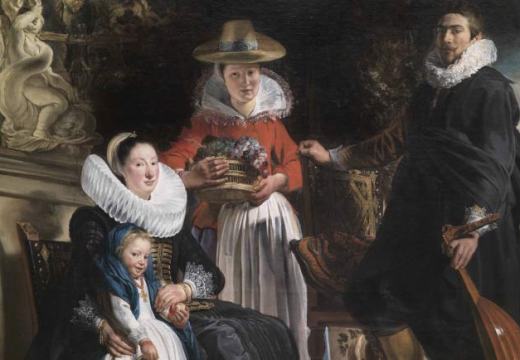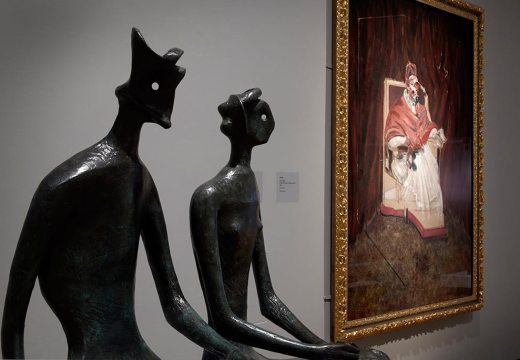In this ongoing series, Apollo previews a range of international exhibitions, asking curators to reveal their personal highlights and curatorial impulses. Tim Clark is the curator of ‘Shunga: Sex and Pleasure in Japanese Art 1600–1900’ at the British Museum
Tell us a bit about the exhibition…
Shunga is a significant genre of Japanese art that is sexually explicit. It was created between about 1600 and 1900, in large quantities, in the discrete formats of painted handscrolls, colour woodblock prints and illustrated books. Shunga was enjoyed by many segments of Japanese society for its beauty and playfulness.
What makes this a distinctive show?
Shunga has been included in exhibitions in the UK since the 1970s, but this is the first time there has been a comprehensive exhibition highlighting its importance as a major genre of Japanese art. We set out to present shunga first as art and then to explore some of the wider cultural contexts for its production and appreciation.
How did you come to curate this exhibition?
Most of my specialist research in Japanese art has been in the field of ukiyo-e, the popular ‘pictures of the floating world’, and most of the shunga known at present falls within this school. About five years ago, I was approached by Professor Drew Gerstle of SOAS, University of London, with whom I had worked before, to join an international research project on shunga. This exhibition, the catalogue and other research publications are the major outcomes.
What is likely to be the highlight of the exhibition?
Judged in artistic and imaginative terms, the series of colour woodblock prints Handscroll for the Sleeve (c. 1785) by Kiyonaga and Poem of the Pillow (1788) by Utamaro are some of the greatest erotic art the world has ever seen.
And what’s been the most exciting personal discovery for you?
Our specialist conservator Keisuke Sugiyama has painstakingly and lovingly remounted a beautiful, newly-discovered shunga handscroll of the early 1600s, by an artist of the Kyoto Kano school. Also exciting has been the voyage of intellectual discovery with my co-researchers.
What’s the greatest challenge you’ve faced in preparing this exhibition?
As with many exhibition projects – narrowing down the selections from such a large corpus of works and organising them into coherent themes. Even so, it is still a large exhibition.
How are you using the gallery space? What challenges will the hang/installation pose?
We have combined the Prints and Drawings gallery with the special exhibitions gallery next to it (Rooms 90 and 91) and the designers have done a brilliant job of unifying the space with grand red pillars down the centre. Handscroll paintings and illustrated books require intricate, custom-made fittings to display them.
Which other works would you have liked to have included?
Some more of the great masterpieces of shunga art that are surely still hidden in Japanese collections.
‘Shunga: Sex and Pleasure in Japanese Art 1600–1900’ is at the British Museum from 3 October 2013–5 January 2014.
Unlimited access from just $16 every 3 months
Subscribe to get unlimited and exclusive access to the top art stories, interviews and exhibition reviews.














![Masterpiece [Re]discovery 2022. Photo: Ben Fisher Photography, courtesy of Masterpiece London](http://www.apollo-magazine.com/wp-content/uploads/2022/07/MPL2022_4263.jpg)
It’s time for the government of London to return to its rightful home